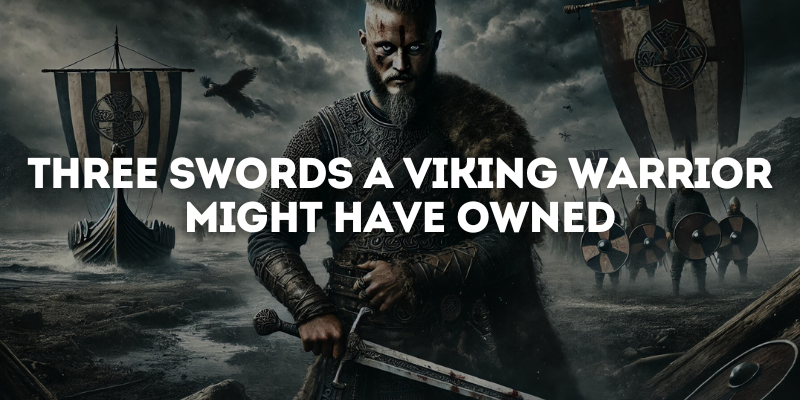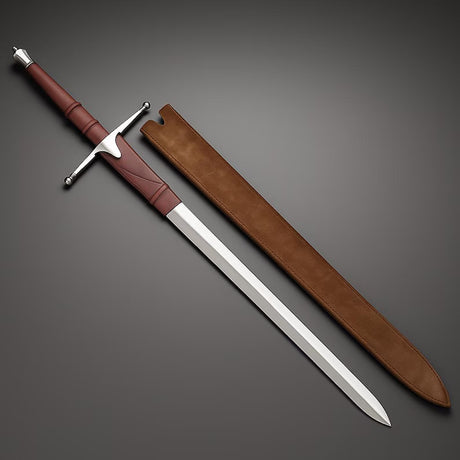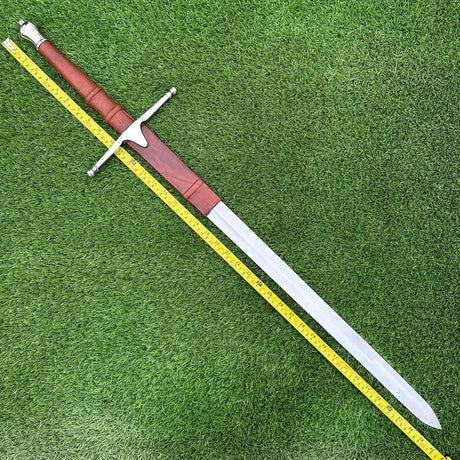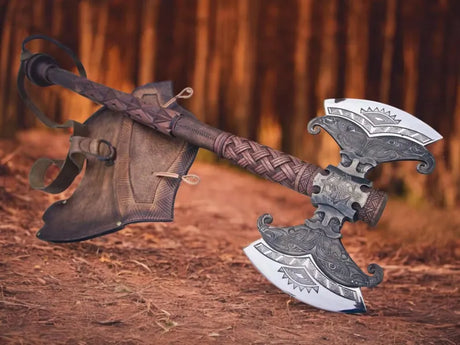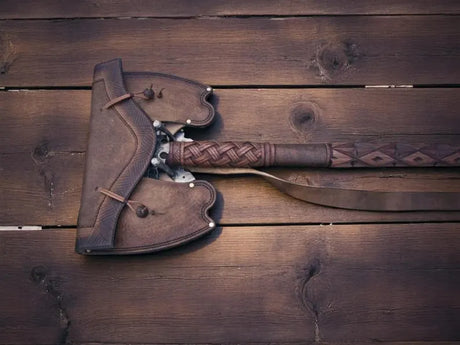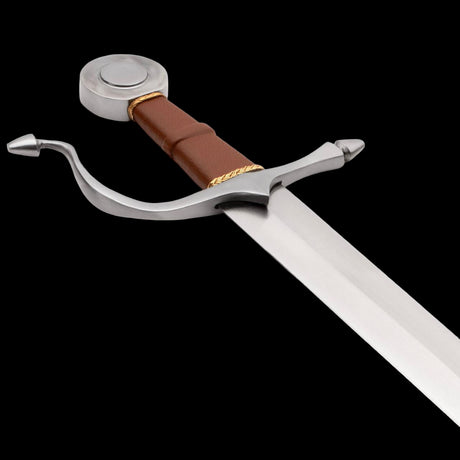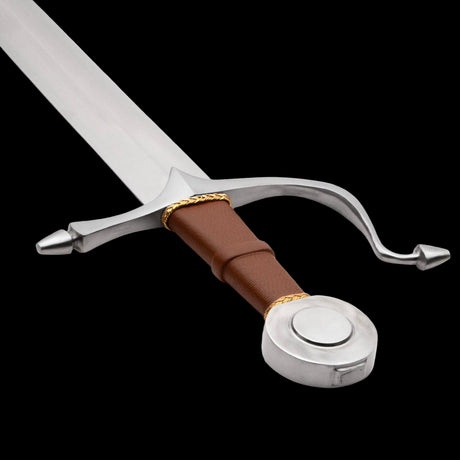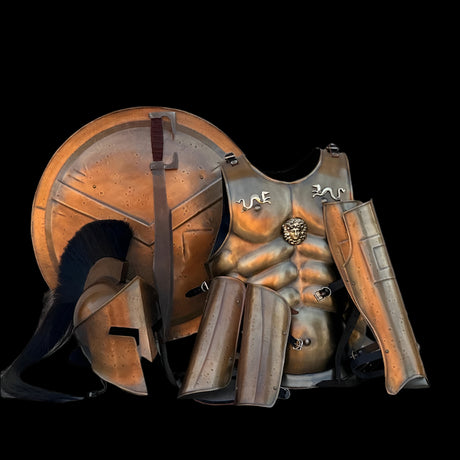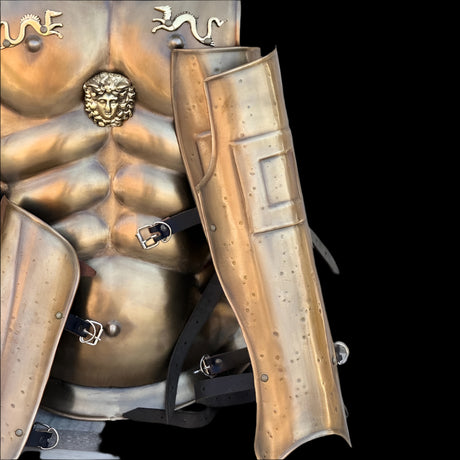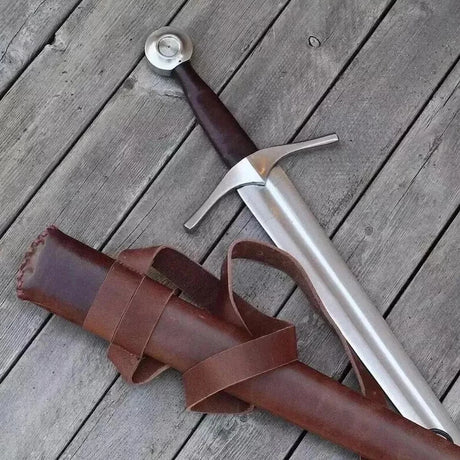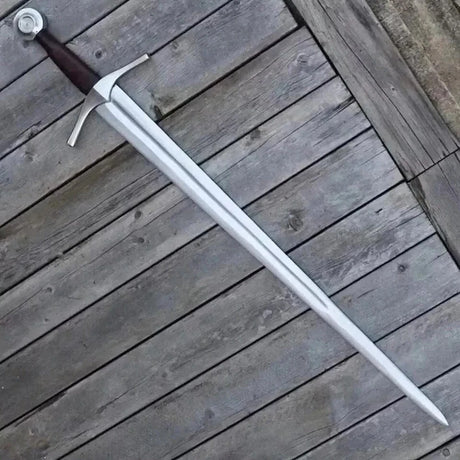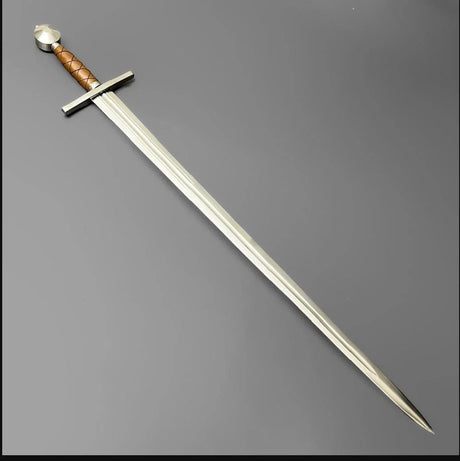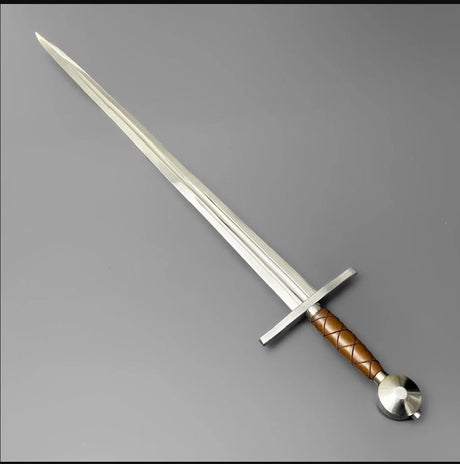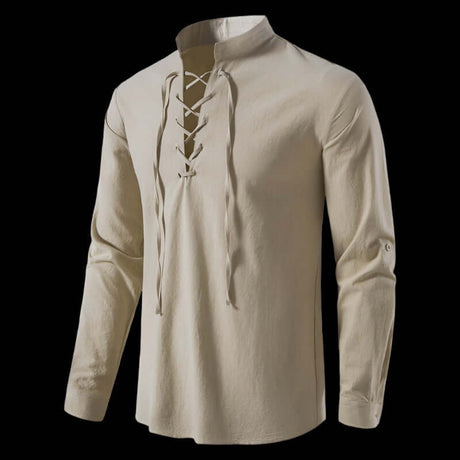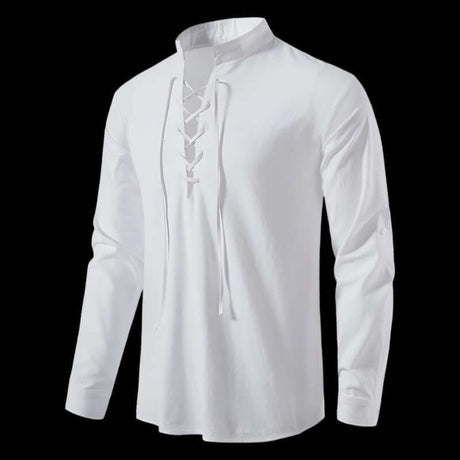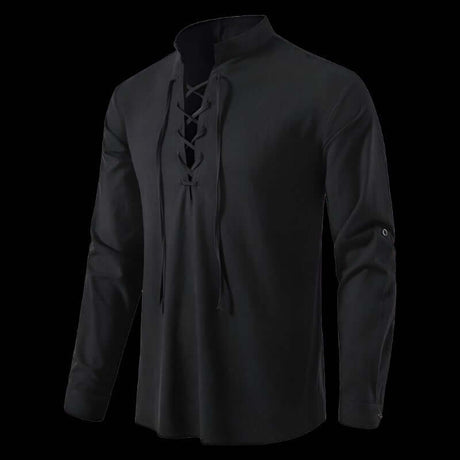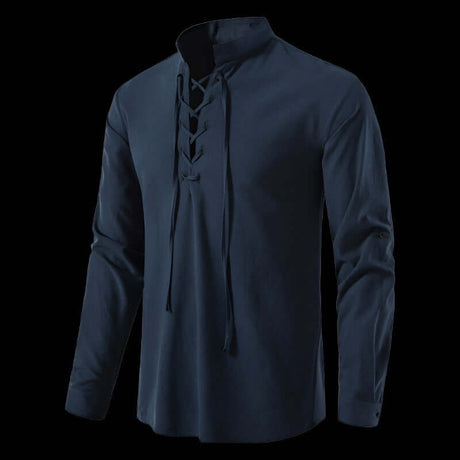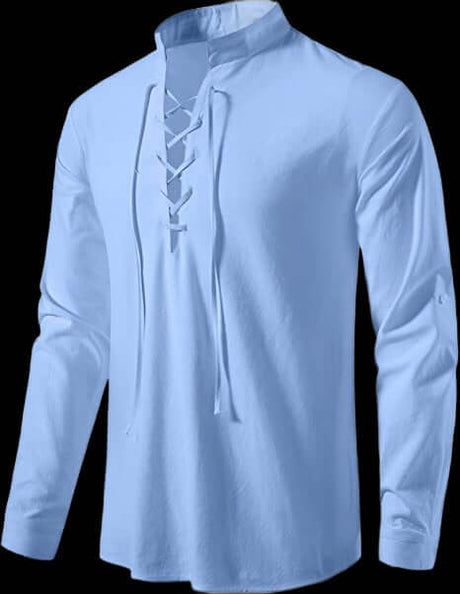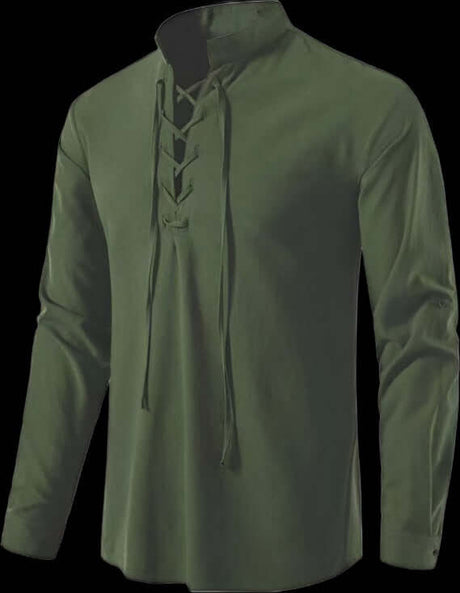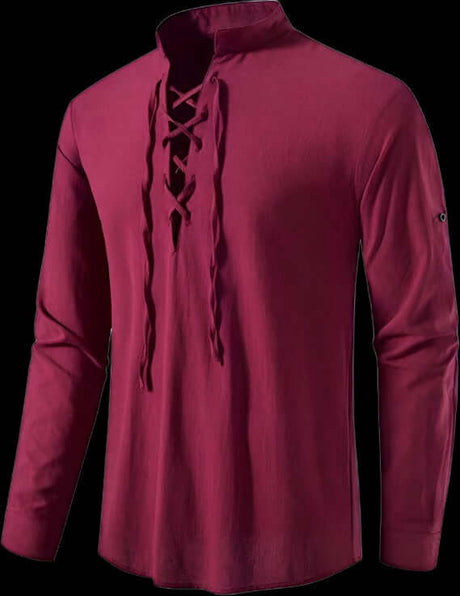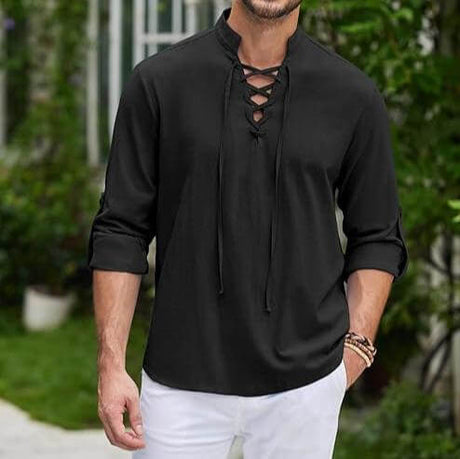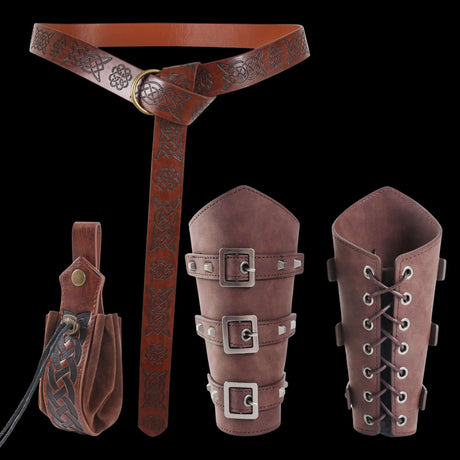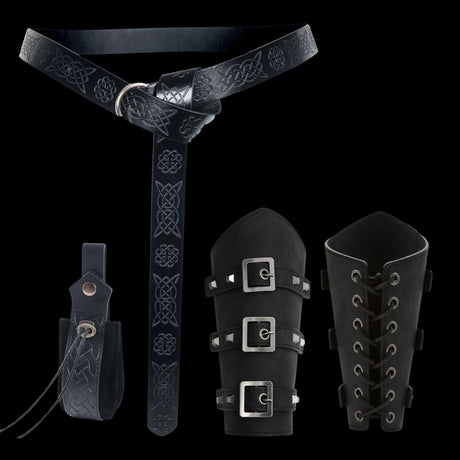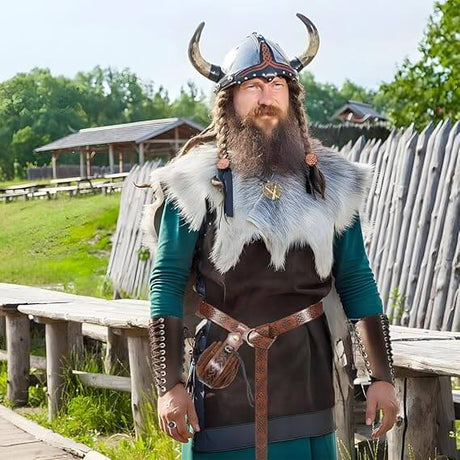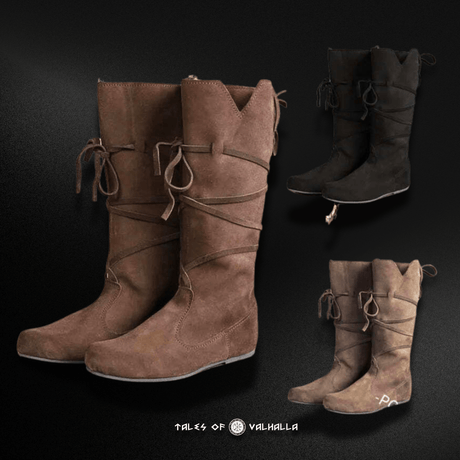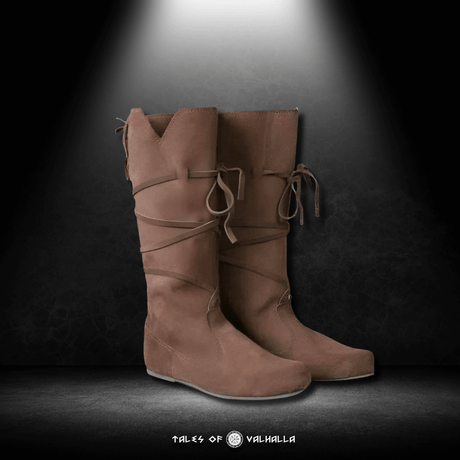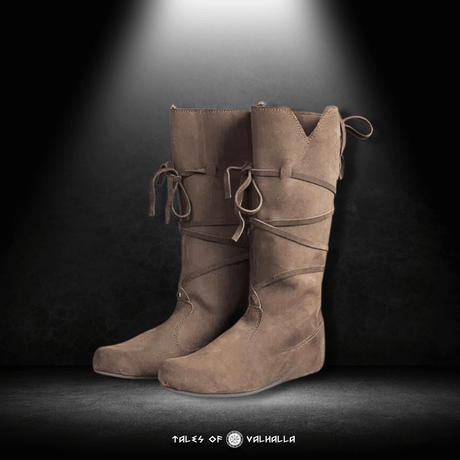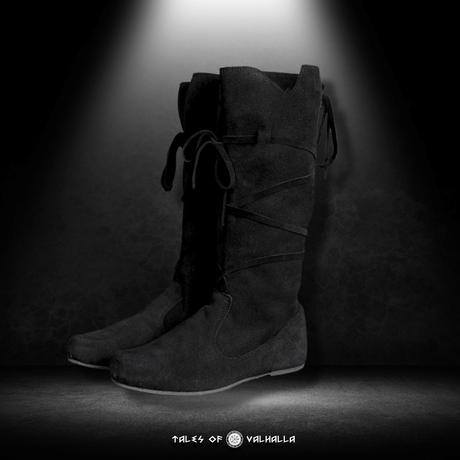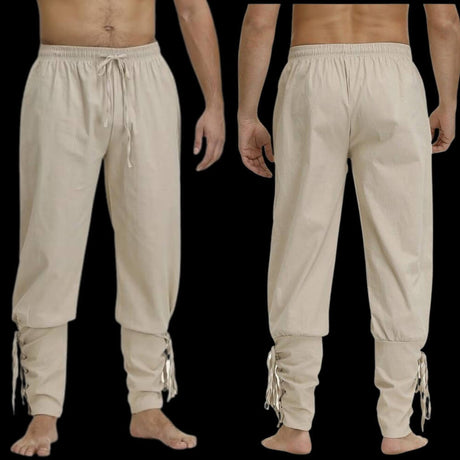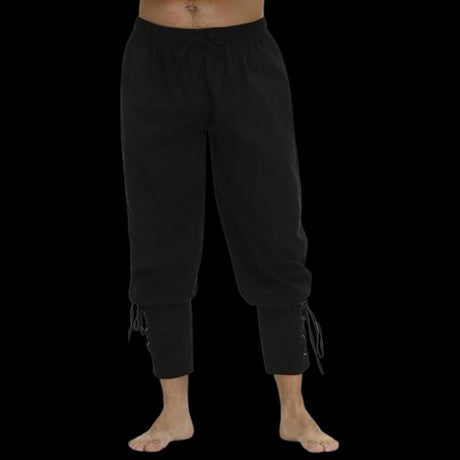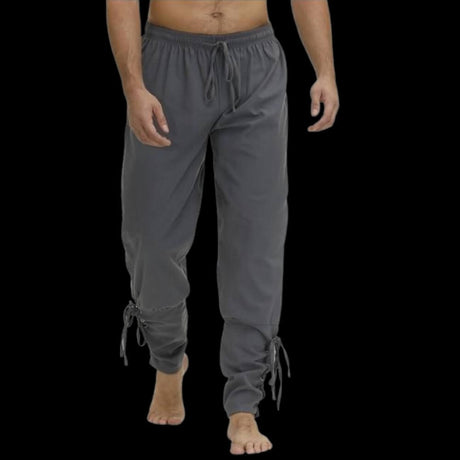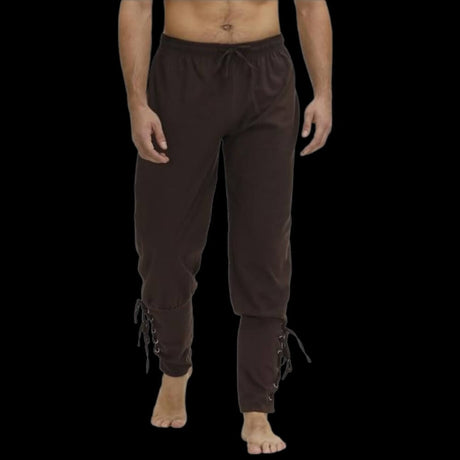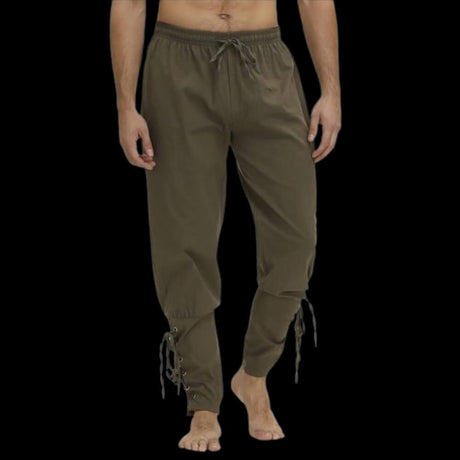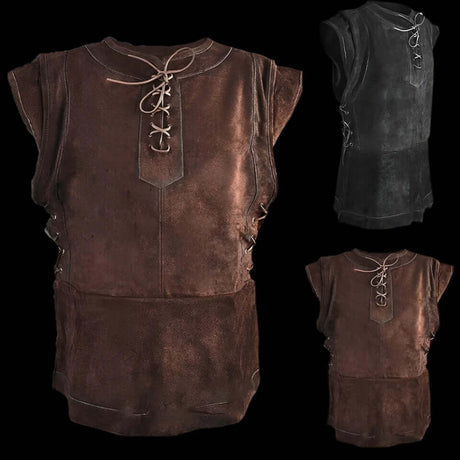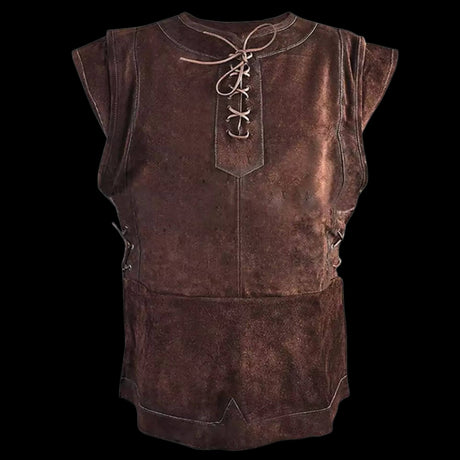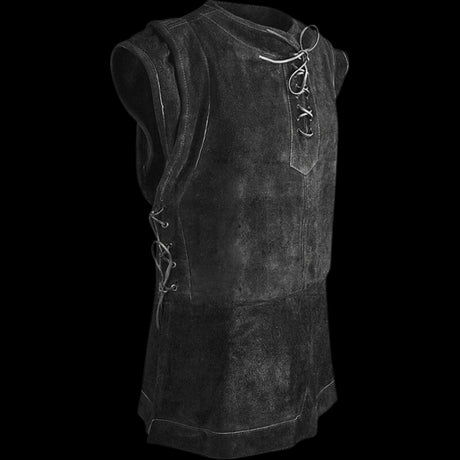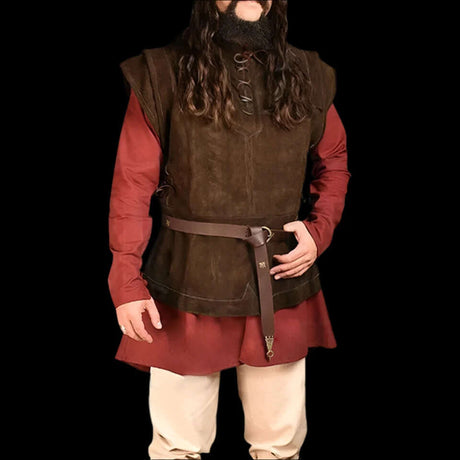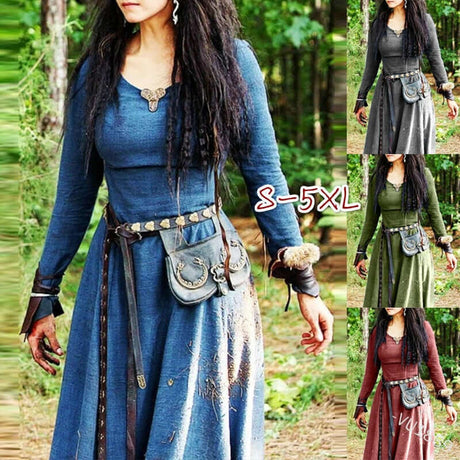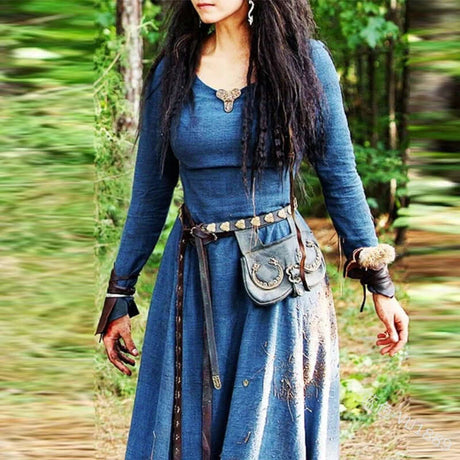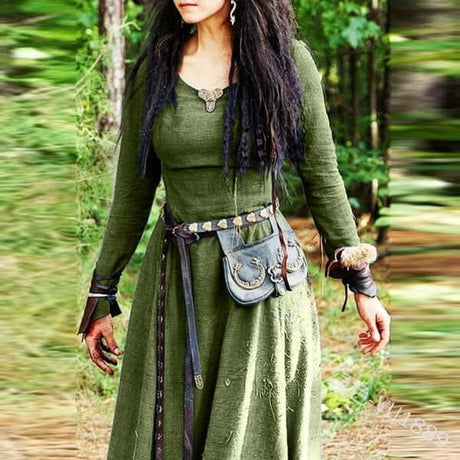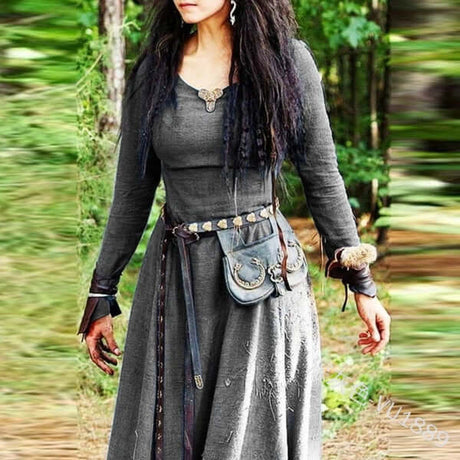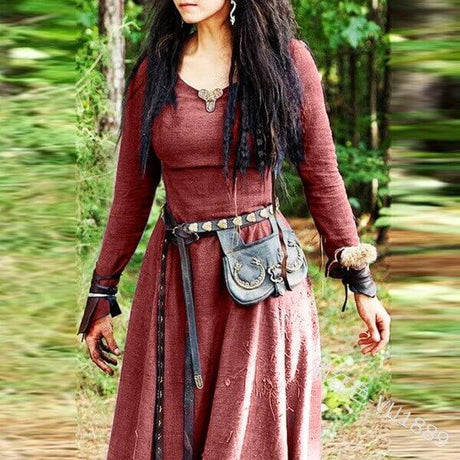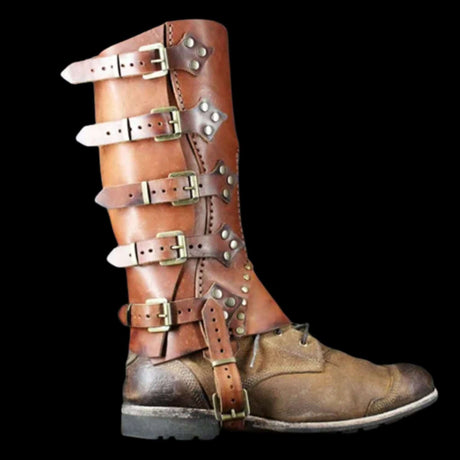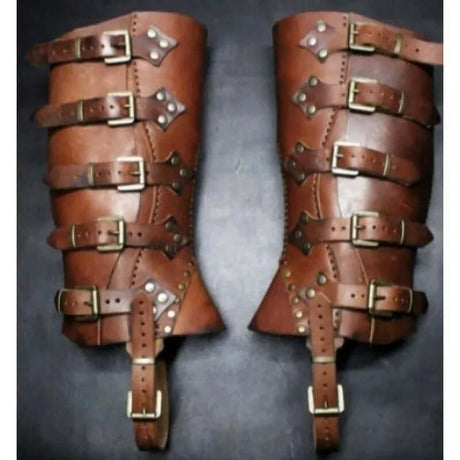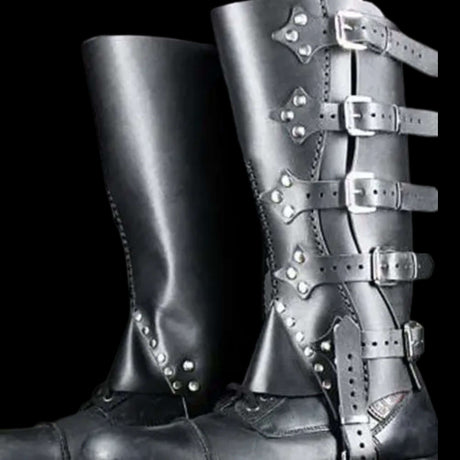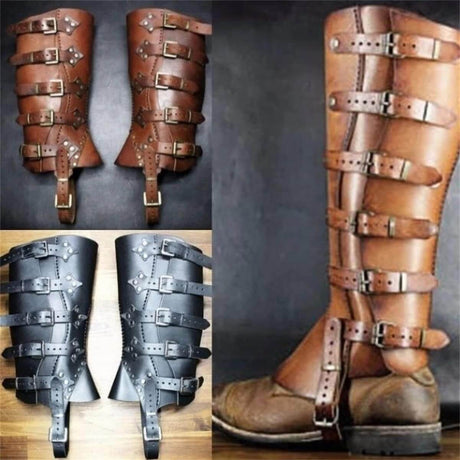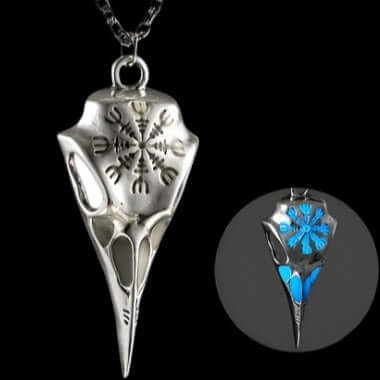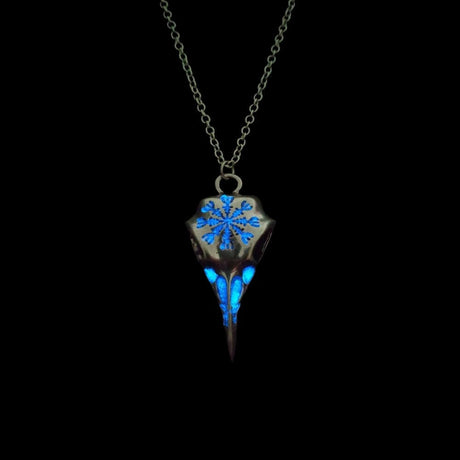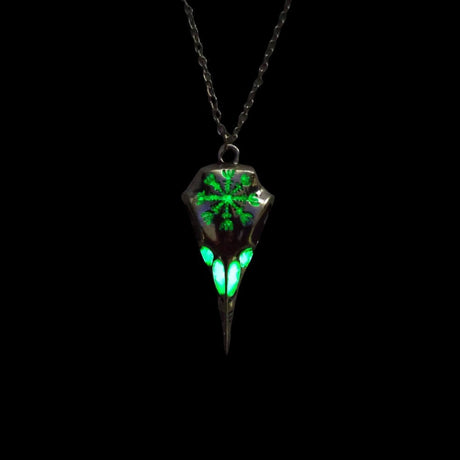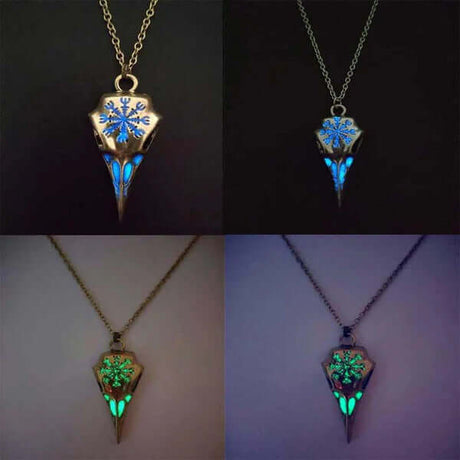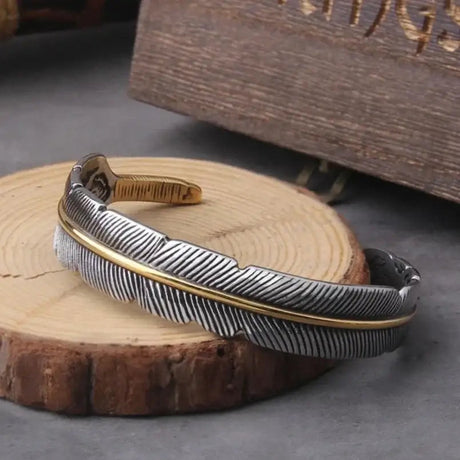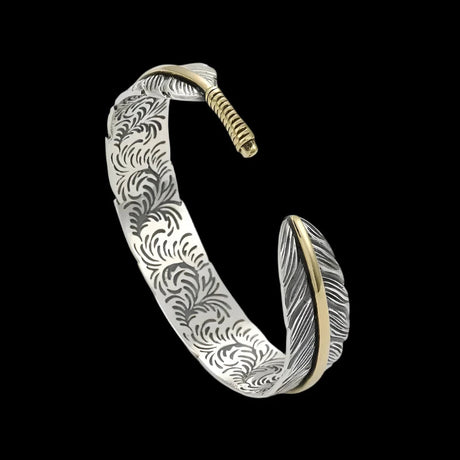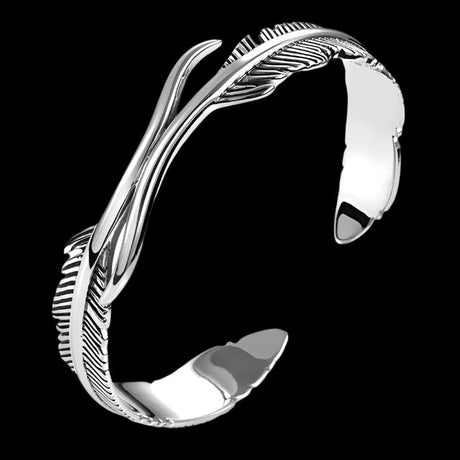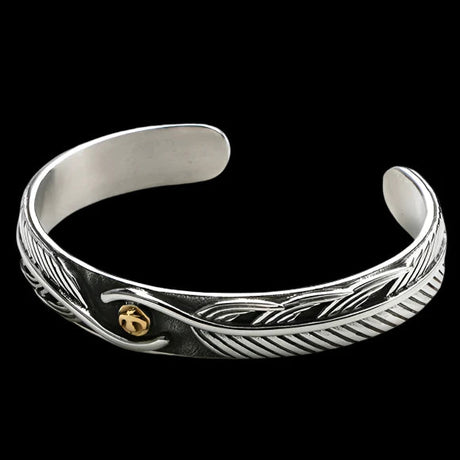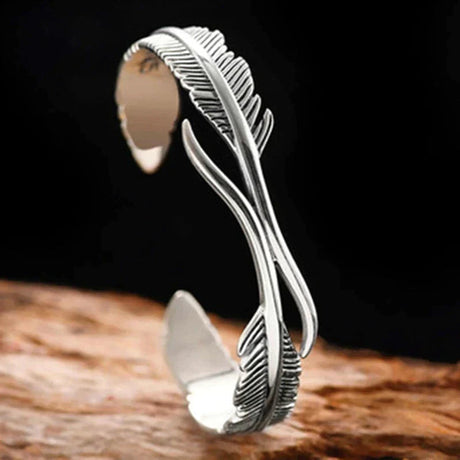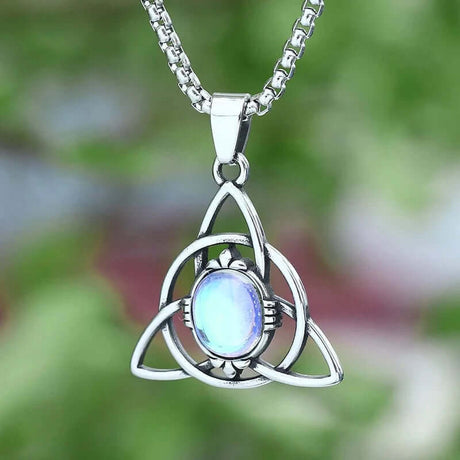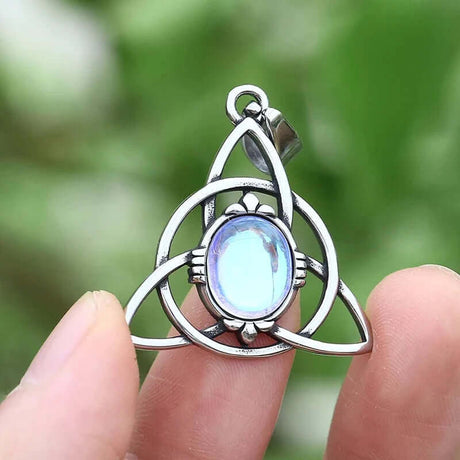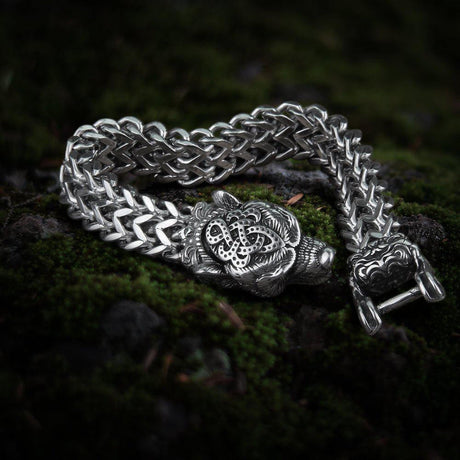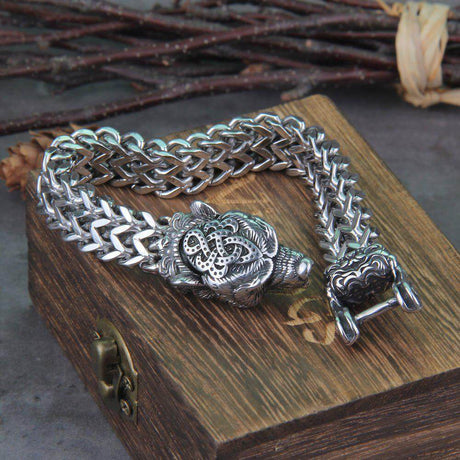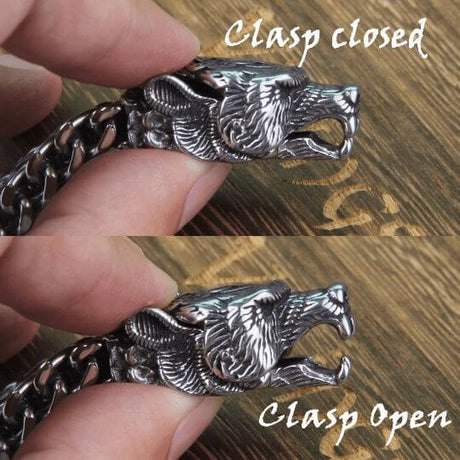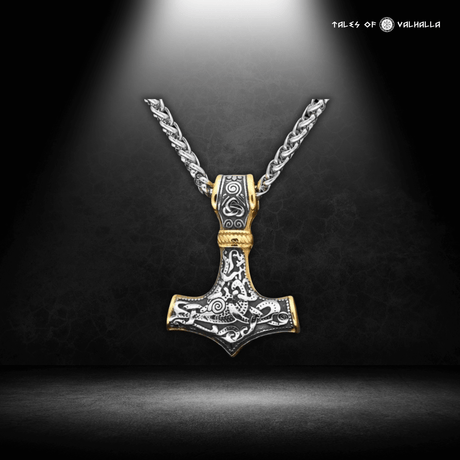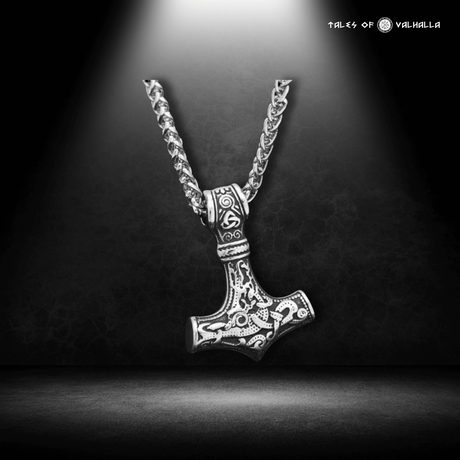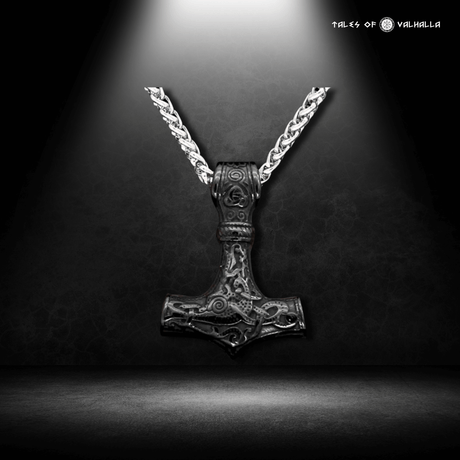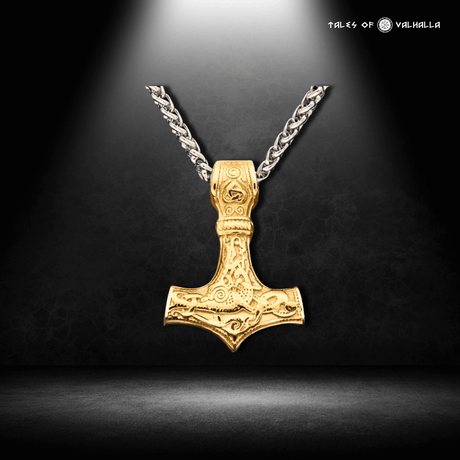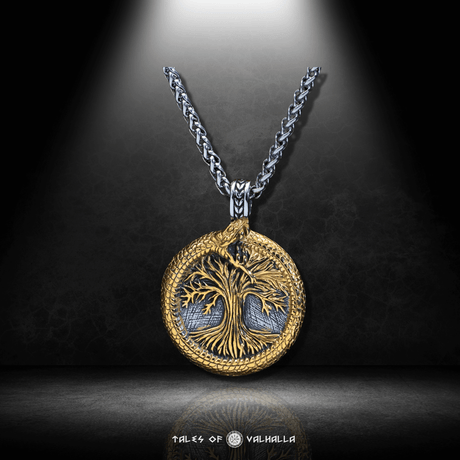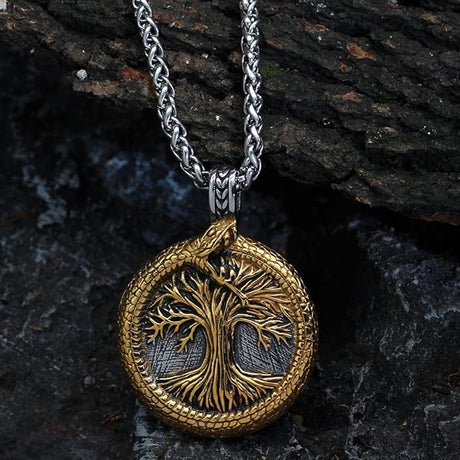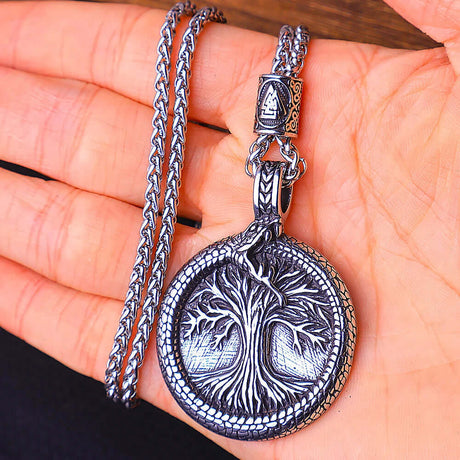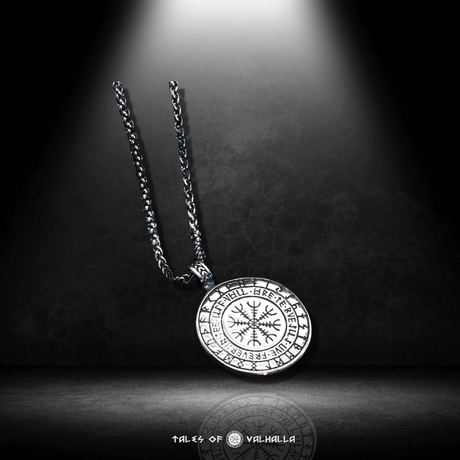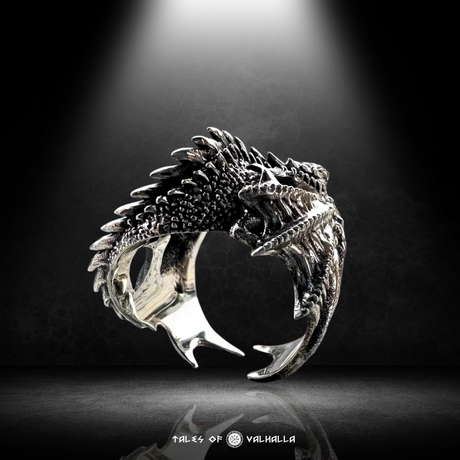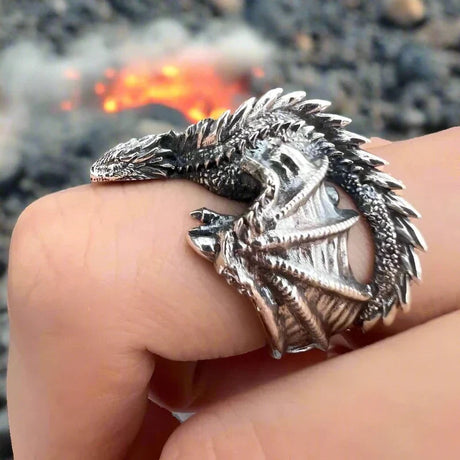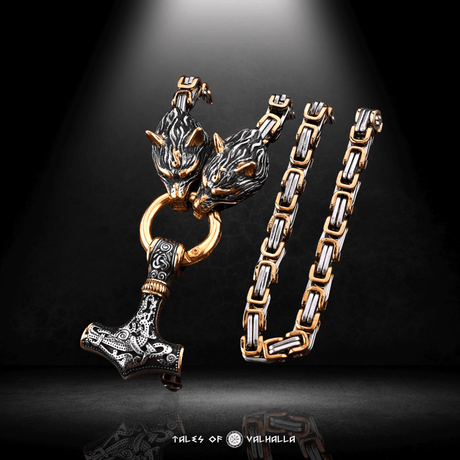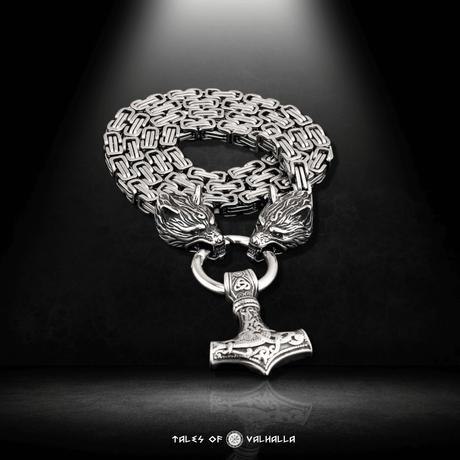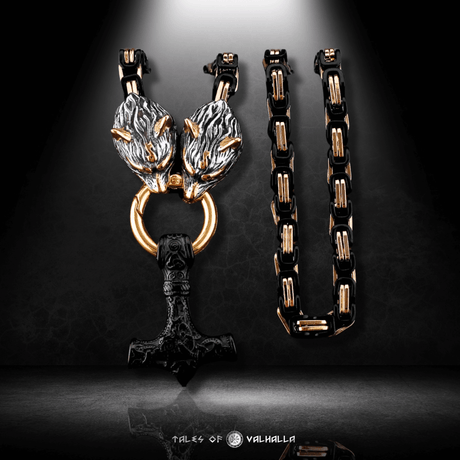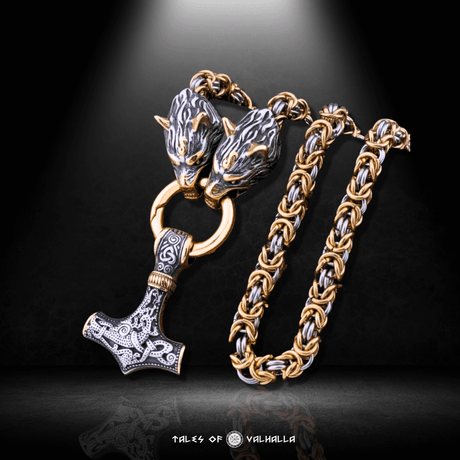The clang of steel, the roar of the battle cry, the glint of sunlight on a honed edge… few images capture the spirit of the Viking Age quite like the Viking sword. More than just a weapon, the sword was an extension of the warrior himself, a symbol of status, a family heirloom, and a key to survival in a brutal and unforgiving world. In the United States, where interest in Viking history and culture continues to surge, the fascination with these legendary blades is stronger than ever.
But not all Viking swords were created equal. Different styles, forging techniques, and even the presence of runes could imbue a sword with unique properties and significance. This blog will explore the world of Viking swords, delving into their history, construction, and cultural importance, and then spotlighting three exceptional examples that embody the spirit of the Viking warrior. We'll journey from the fiery forges of legendary smiths to the blood-soaked battlefields where these weapons earned their fearsome reputation.
The Soul of the Viking Warrior: Understanding the Importance of the Sword
For a Viking, a sword was far more than a tool of war. It represented a significant investment, often costing as much as several cows or even a small farm. This high cost reflected the skill and time required to create a truly exceptional blade. A warrior's sword was often given a name, reflecting its personality and the deeds it had accomplished (or was expected to accomplish). It was a symbol of:
- Status and Wealth: Owning a high-quality sword was a clear indicator of a warrior's success and standing within the community.
- Family Heritage: Swords were often passed down through generations, becoming treasured heirlooms that connected a warrior to his ancestors.
- Personal Connection: A warrior's sword was his most trusted companion, his lifeline in battle. The bond between warrior and weapon was often deeply personal and spiritual.
- Oathkeeping: Swords played a role in oaths and legal proceedings. Swearing an oath on a sword was a solemn act, underscoring the gravity of the commitment.
The loss of a sword in battle was a devastating blow, both practically and symbolically. It represented not only the loss of a valuable weapon but also a loss of honor and a potential threat to the warrior's survival.
The Anatomy of a Viking Sword: Form Follows Function
While variations existed, the typical Viking sword shared certain key characteristics:
- Double-Edged Blade: Designed for both cutting and thrusting, the double-edged blade offered versatility in combat.
- Broad, Relatively Straight Blade: Most Viking swords had broad, relatively straight blades, typically ranging from 30 to 36 inches in length. This design provided a good balance between reach and maneuverability.
- Fuller: A shallow groove running down the center of the blade, known as a fuller, served to lighten the sword without significantly compromising its strength. This made the sword quicker and easier to wield.
- Hilt: The hilt typically consisted of a grip (often made of wood, bone, or antler), a guard (to protect the hand), and a pommel (a counterweight at the end of the grip, which also helped secure the blade). The hilt was often decorated with intricate carvings or metalwork.
- Pattern Welding: Many high-quality Viking swords were created using a technique called pattern welding. This involved twisting and folding together different types of steel to create a blade with both strength and flexibility. The resulting patterns on the blade were not only visually striking but also a testament to the smith's skill.
These design elements combined to create a weapon that was both deadly effective and aesthetically impressive. The balance and handling of a well-made Viking sword allowed for swift, powerful strikes, making it a formidable weapon in close-quarters combat.
Forging a Legend: The Craft of the Viking Swordsmith
The creation of a Viking sword was a complex and demanding process, requiring the skills of a highly experienced blacksmith. The smith was a respected figure in Viking society, his craft often seen as having a mystical or even magical element.
- Sourcing the Iron: The process began with sourcing high-quality iron ore, often from bogs. This "bog iron" was relatively pure and well-suited for sword making.
- Smelting: The ore was then smelted in a furnace to extract the iron. This was a labor-intensive process, requiring careful control of temperature and airflow.
- Pattern Welding (for high-quality blades): Different types of iron and steel were forged together, repeatedly heated, folded, and hammered. This process created a blade with a distinctive pattern and superior strength and flexibility.
- Shaping the Blade: The blacksmith would then hammer the metal into the desired shape of the blade, carefully crafting the edges and the fuller.
- Hardening and Tempering: The blade was then hardened by heating it to a high temperature and then rapidly cooling it (quenching). This was followed by tempering, a process of reheating the blade to a lower temperature to reduce its brittleness.
- Hilt Construction: The hilt components (guard, grip, and pommel) were crafted separately and then assembled onto the blade.
- Decoration: The final step often involved decorating the hilt and sometimes the blade itself with intricate carvings, inlays of precious metals, or even runic inscriptions.
The entire process could take weeks or even months, and the resulting sword was a testament to the smith's skill, patience, and artistry.
Top 3 Viking Swords: Echoes of the Past
Now, let's explore three exceptional examples of Viking swords, each representing a different facet of Viking sword craftsmanship and cultural significance. These replicas, available at Tales of Valhalla, offer a tangible connection to the Viking Age.
1. The Runic Replica Sword
🔥 Link to product: Buy Now
This sword captures the mystique and power often associated with Viking swords. The defining feature of this replica is the presence of runic inscriptions along the blade. Runes were more than just letters; they were believed to hold magical power. While the exact meaning of runic inscriptions on swords is often debated, they likely served several purposes:
- Invoking Gods: Runes could be used to invoke the favor of gods like Odin (for wisdom and victory) or Tyr (for justice and courage).
- Bestowing Power: The runes might have been intended to imbue the sword with specific qualities, such as sharpness, strength, or the ability to strike fear into enemies.
- Identifying the Owner or Smith: In some cases, runes might have identified the owner of the sword or the smith who forged it.
- Telling a Story: Some inscriptions may have recounted a brief story or poem, adding to the sword's mystique and personal significance.

The Runic Replica Sword
The Runic Replica Sword, beyond its inscriptions, typically features a classic Viking sword design: a broad, double-edged blade, a well-defined fuller, and a sturdy hilt. The presence of runes adds a layer of depth and intrigue, connecting the sword to the spiritual and magical beliefs of the Vikings. Holding this sword, one can almost imagine a Viking warrior invoking the power of the runes before battle.
2. The 8th Century Full Tang Replica Sword
🔥 Link to product: Buy Now
This sword represents the pinnacle of practical Viking sword design. The term "full tang" refers to the construction of the blade, where the metal extends all the way through the hilt, forming the core of the grip. This construction offers several advantages:
- Strength and Durability: A full tang provides maximum strength and stability, making the sword less likely to break or bend during combat.
- Balance and Control: The weight distribution of a full-tang sword often results in better balance and control, allowing for more precise and powerful strikes.
- Reliability: A full-tang sword is simply more reliable than a sword with a partial tang, which is more prone to loosening or breaking at the hilt.

The 8th Century Full Tang Replica Sword
The 8th Century Full Tang Replica Sword is likely based on archaeological finds from the early Viking Age. Its design emphasizes functionality and effectiveness. It's a no-nonsense weapon, built for the harsh realities of Viking warfare. The blade is likely to be broad and relatively straight, with a well-defined fuller. The hilt is likely to be simple but sturdy, with a functional guard and pommel. This sword embodies the pragmatism and resilience of the Viking warriors who relied on their weapons for survival.
3. The Heritage Damascus Sword
🔥 Link to product: Buy Now
This sword represents the height of Viking sword craftsmanship, showcasing the artistry and skill of the Viking blacksmith. Damascus steel, characterized by its distinctive swirling patterns, was highly prized in the Viking Age (and throughout history). The creation of Damascus steel involved a complex process of folding and welding together different types of steel, resulting in a blade with exceptional properties:
- Superior Strength and Flexibility: The layered structure of Damascus steel gives it a unique combination of strength and flexibility, making it less likely to break or chip than a blade made from a single type of steel.
- Sharpness and Edge Retention: Damascus steel can be honed to a very sharp edge, and it tends to hold that edge longer than other types of steel.
- Beautiful Patterns: The folding and welding process creates intricate patterns on the surface of the blade, making each Damascus sword a unique work of art.

The Heritage Damascus Sword
The Heritage Damascus Sword is a testament to the advanced metallurgical skills of Viking-era smiths. While true "Damascus" steel (with its characteristic watered pattern) has a somewhat debated origin and production method (the original techniques are largely lost to time), the term is often used to describe pattern-welded steel, which the Vikings did use extensively. This sword would have been a prized possession, likely owned by a wealthy chieftain or a highly successful warrior. It represents not only a deadly weapon but also a status symbol and a work of art. The blade would likely exhibit the classic Viking sword profile, but the swirling patterns of the Damascus steel would set it apart, making it a truly exceptional piece.
Viking Swords in Popular Culture: Fueling the Fascination
The enduring appeal of Viking swords is undeniable, and this is reflected in their prominent role in popular culture. From movies and television shows to video games and novels, the Viking sword has become an iconic symbol of strength, courage, and adventure.
- Movies and Television: Shows like "Vikings" and films like "The Northman" have brought Viking history and weaponry to a wide audience, showcasing the power and brutality of the Viking sword.
- Video Games: Games like "Assassin's Creed Valhalla" and "God of War" allow players to experience the thrill of wielding Viking weapons, including swords, in immersive virtual worlds.
- Literature: Fantasy novels often draw inspiration from Norse mythology, featuring powerful swords with magical properties.
This widespread representation in popular culture has undoubtedly contributed to the growing interest in Viking swords and Viking history in general.
- See more: Sword Collection
Hypothetical Statistics on Viking Sword Interest
| Category | Statistic/Trend | Source (Hypothetical) |
|---|---|---|
| Online Searches | Google searches for "Viking swords" have increased by 40% in the past 5 years. | Google Trends Data, 2024 |
| Replica Sales | Sales of replica Viking swords have grown by 25% annually over the past three years. | Industry Report, Replica Weapon Retailers |
| Social Media Engagement | Posts related to Viking swords on platforms like Instagram and Pinterest have seen a 30% increase in engagement. | Social Media Analytics, 2024 |
| Museum Attendance | Museums with Viking exhibits report a 20% increase in visitor numbers compared to pre-pandemic levels. | Museum Attendance Data, 2024 |
| Historical Reenactment | Participation in Viking historical reenactment groups has grown by 15% in the US. | National Reenactment Society Data |
These hypothetical statistics paint a picture of a growing fascination with Viking swords and Viking culture in the United States.
Conclusion: Connecting with the Past Through Steel
Viking swords are more than just weapons; they are windows into a fascinating and influential culture. They represent the skill of Viking blacksmiths, the courage of Viking warriors, and the enduring power of Norse mythology. Whether you're a history enthusiast, a collector, or simply someone drawn to the beauty and craftsmanship of these legendary blades, exploring the world of Viking swords is a journey into a rich and captivating past.
To see these stunning replicas and delve even deeper into the world of Vikings, visit Tales of Valhalla.
FAQs
1. Were all Viking swords the same?
No, definitely not! While there were common characteristics (like being double-edged and relatively straight), Viking swords varied in length, blade shape, hilt design, and quality. Factors like the smith's skill, the availability of materials, and the owner's wealth and status all influenced the final product. Some swords were simple and functional, while others were highly decorated and crafted from superior materials like pattern-welded steel (often called "Damascus" steel).
2. Did Vikings really put runes on their swords? What did they mean?
Yes, some Viking swords have been found with runic inscriptions. The runes weren't just decorative; they were believed to hold magical power. The inscriptions could have served various purposes: invoking the gods for victory or protection, identifying the sword's owner or maker, bestowing special properties upon the blade (like sharpness or strength), or even telling a short story or poem related to the sword. The exact meaning of many inscriptions remains a subject of scholarly debate.
3. How heavy was a typical Viking sword? Was it hard to use?
A typical Viking sword was surprisingly light, usually weighing between 2 and 3 pounds. This might seem heavy compared to a modern fencing sword, but it was well-balanced and designed for effective use in combat. The fuller (the groove down the blade) helped reduce weight without sacrificing strength. While wielding a Viking sword effectively required strength and training, it wasn't unwieldy or excessively heavy. The design prioritized speed and maneuverability in close-quarters fighting.
4. What's the difference between a Viking sword and a "Damascus" sword?
"Damascus" steel (more accurately described as pattern-welded steel in the Viking context) refers to a specific method of forging a blade, not a particular type of sword. Viking smiths were skilled in pattern welding, which involved layering and twisting different types of iron and steel. This process created blades that were both strong and flexible, often with distinctive visible patterns. So, a Viking sword could be made of pattern-welded steel (and high-quality ones often were), but not all Viking swords were. It was a mark of superior craftsmanship.
5. Where did Vikings get the materials to make their swords?
The primary material was iron, and Vikings often used "bog iron," which was iron ore found in bogs and swamps. Bog iron was relatively pure and readily available in some regions. They would smelt this ore to extract the iron. For higher-quality swords, they might import steel or use pattern-welding techniques to combine different types of iron. The hilt components (guard, grip, pommel) could be made from wood, bone, antler, or even precious metals like silver or gold for highly decorated swords.
6. Are replica Viking swords real swords? Can I use them for fighting?
Replica Viking swords are made to look like historical Viking swords, but their intended use varies greatly. Some replicas are purely decorative, made with lower-quality materials and construction, and are not suitable for any kind of combat. Others are "battle-ready" or "functional" replicas, made with higher-quality steel and construction techniques that make them strong enough for practice or even (carefully controlled) simulated combat. Never use a decorative replica for any kind of fighting – it's extremely dangerous. Even with a battle-ready replica, it's crucial to get proper training and use appropriate safety gear. It's best to consult with experts in historical swordsmanship before engaging in any kind of sword combat, even with a replica.

